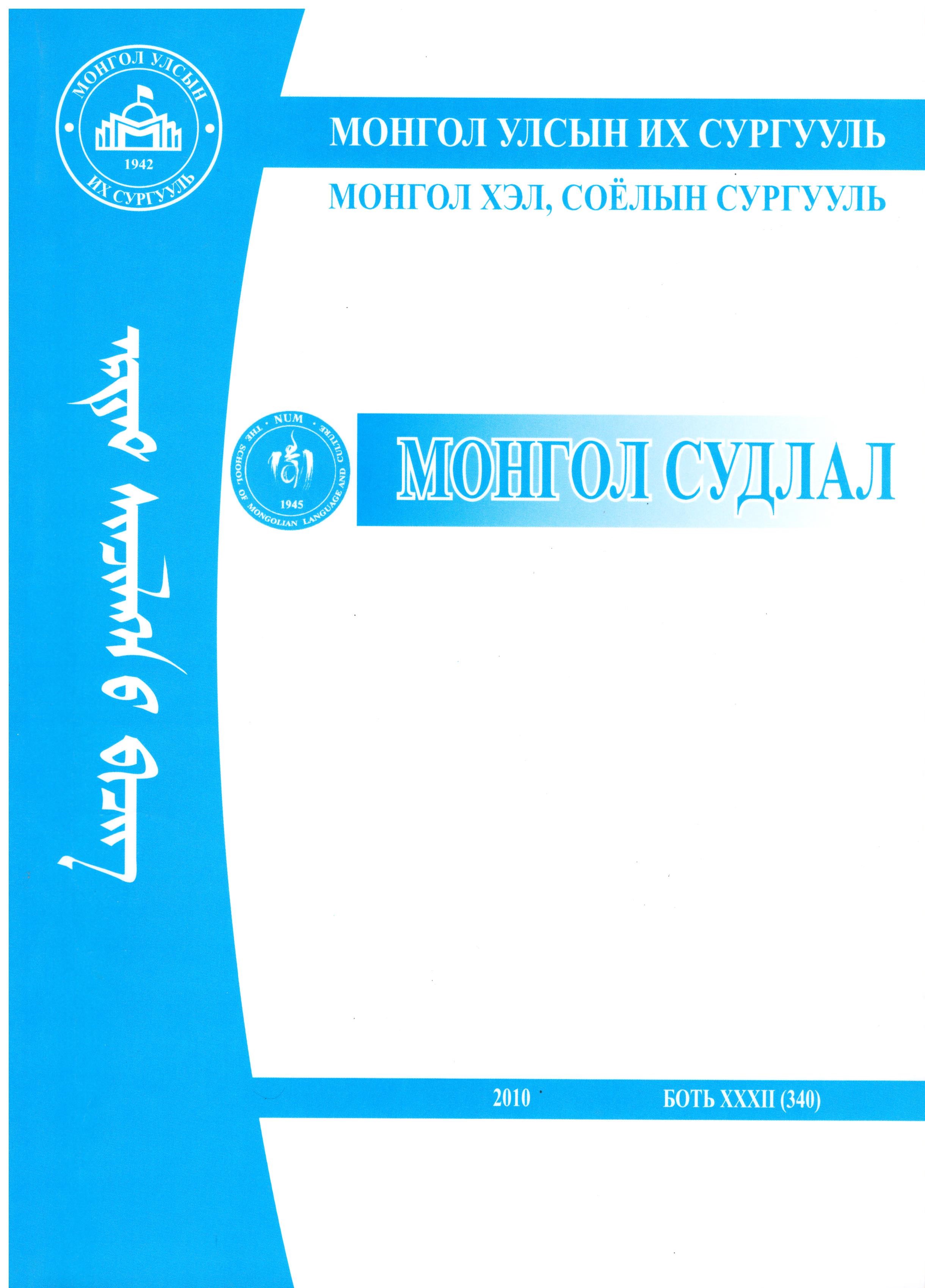Типология алтайского синкретизма и английской конверсии
Typologu of Altaic syncretism and English conversion
Abstract
The aim of the present article is to compare some characteristics of the syncretic forms in the Altaic languages with conversion in English. A set of examples illustrates some common features, as well as principle difference of these sometimes wrongly mixed up
categories. The main attention is paid to the analysis of semantic changes in the word with its “transfer” from one grammatical category to the other. To summarize, we can draw the following conclusions based on the abovementioned: 1) Altai syncretism and English conversion are typologically similar phenomena, leading to the grammatical differentiation of the parts of speech: noun and adjective; 2) the phenomenon of syncretism in both languages is word-formative in nature, the semantics of a noun and adjective, grammatically close words belonging to nominal parts of speech, create the conditions for their separation;
3) English language syncretism is the result of the drop of the verbal suffix marker (-en) and in the Buryat language grammatical meaning of adjective arose due to use of the genitive case marker – (-aй)





